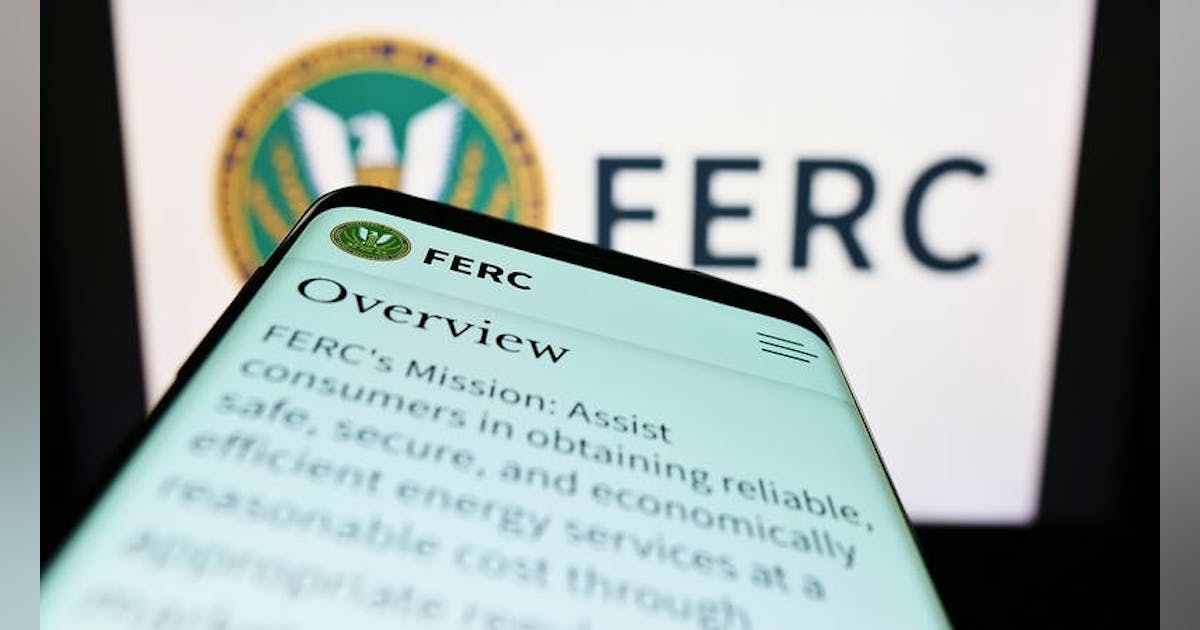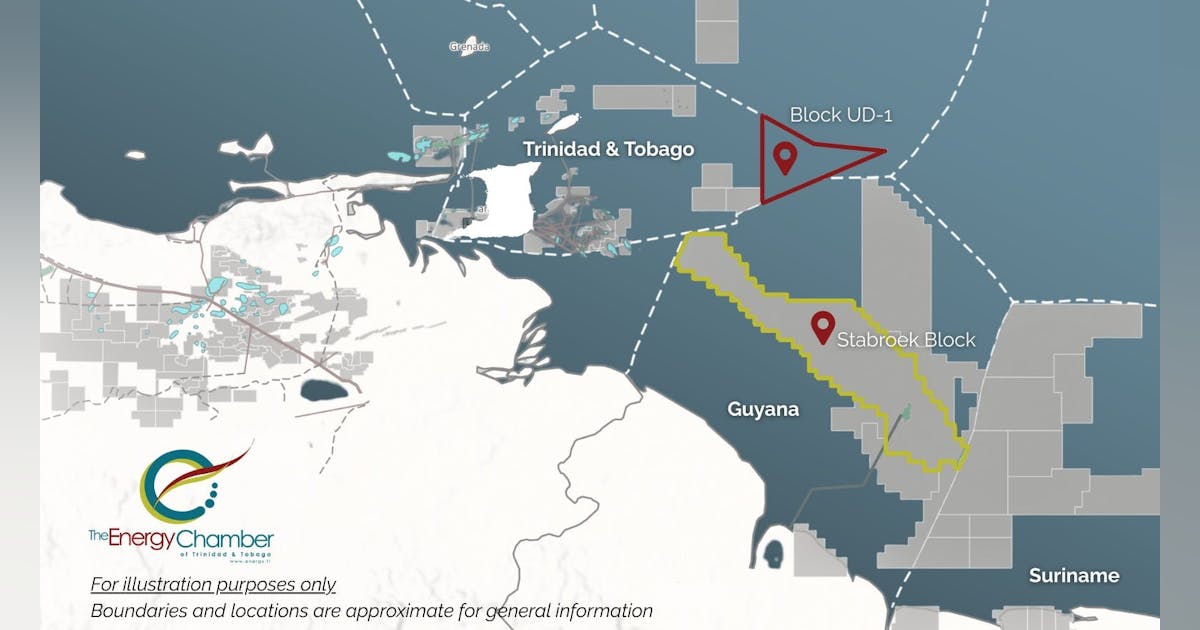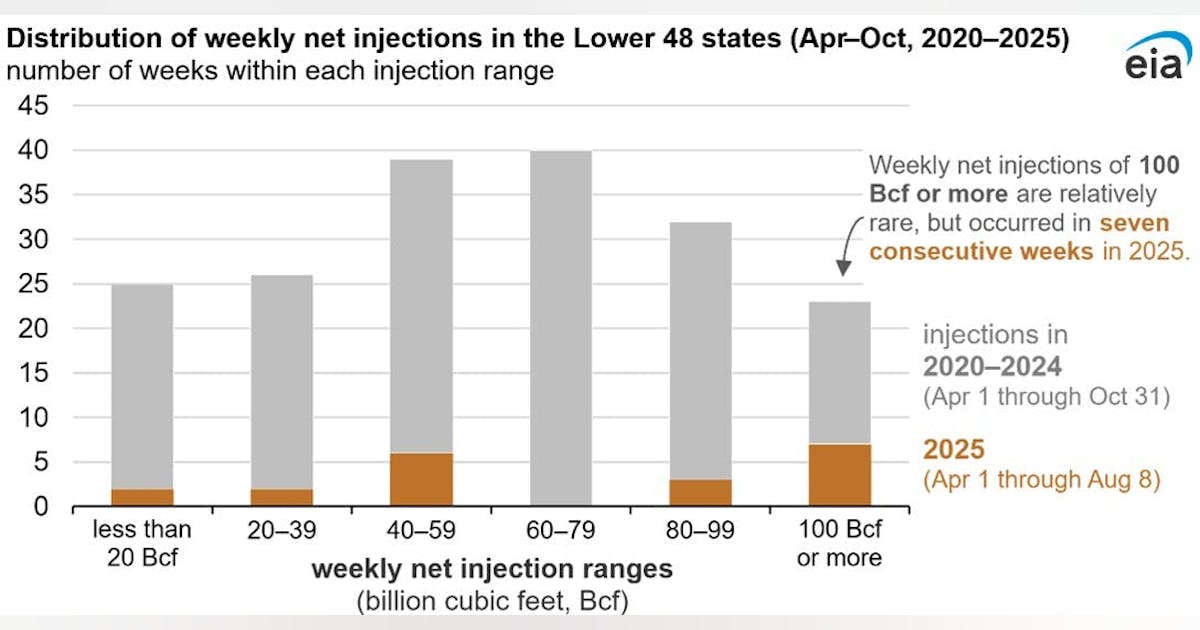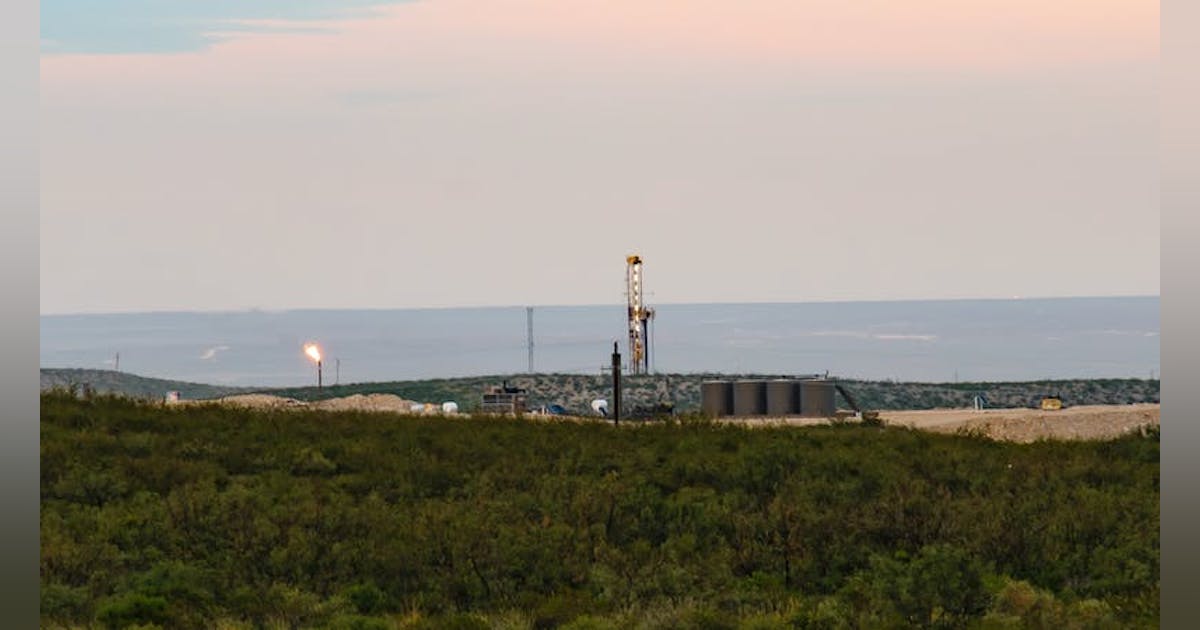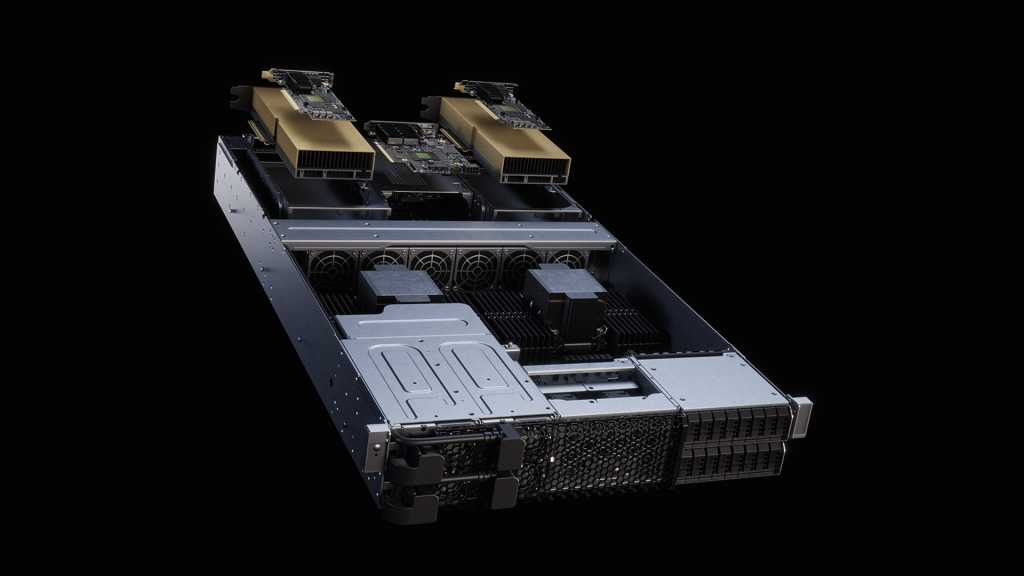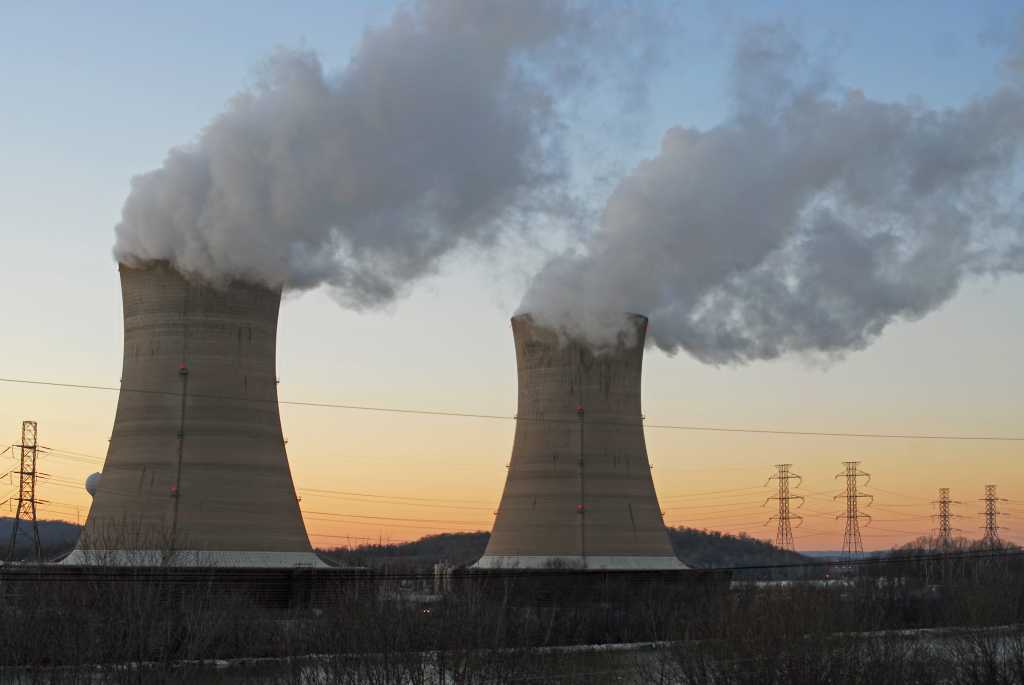
The Nuclear Regulatory Commission approved construction of the Oak Ridge facility in November 2024, marking the first non-water-cooled reactor permitted in the US in more than 50 years.
Kairos Power planned to increase the Hermes 2 reactor’s output from an originally planned 28 megawatts to 50 megawatts, with operations scheduled to begin in 2030. Google’s agreement extended to up to 500 megawatts of Kairos reactors by 2035, the statement added.
Enterprise power crunch drives nuclear innovation
The technology breakthrough comes at a critical time for enterprises facing explosive electricity demands from artificial intelligence operations. Data center electricity use rose from 58 terawatt-hours in 2014 to 176 TWh in 2023, and could reach between 325 and 580 TWh by 2028, according to Department of Energy projections.
For context, a single graphics processing unit used for AI can consume as much electricity as a four-person household uses daily. Unlike renewable energy sources, nuclear reactors provide constant baseload power regardless of weather conditions — critical for data centers that operate around the clock.
Google said it needed the nuclear power to support data centers in Montgomery County, Tennessee, and Jackson County, Alabama. The 50-megawatt output equals the electricity consumption of about 36,000 homes.
“To power the future, we need to grow the availability of smart, firm energy sources,” Amanda Peterson Corio, Google’s global head of data center energy, said in the statement.







